4.2 Tools
What are the Common Electronics Tools for FRC?
The following is a list of the most common electronics tools used in FRC. This list is not exhaustive, but it does include the most common tools used in FRC.
| Tool | Description |
|---|---|
| Multimeter | A multimeter is a device that measures voltage, current, and resistance. |
| Wire Strippers | A wire stripper is a tool that is used to strip wires. |
| Hot Air Gun | A hot air gun is a tool that is used to heat up shrink tubing. |
| Crimpers | A crimper is a tool that is used to crimp wires. |
| Anderson Powerpole Crimper | An Anderson Powerpole crimper is a tool that is used to crimp Anderson Powerpole connectors. |
| Ferrule Crimper | A ferrule crimper is a tool that is used to crimp ferrules. |
| Dupont Crimper | A Dupont crimper is a tool that is used to crimp Dupont connectors. |
| JST Crimper | A JST crimper is a tool that is used to crimp JST connectors. |
| Ethernet Crimper | An Ethernet crimper is a tool that is used to crimp Ethernet connectors. |
| Soldering Iron | A soldering iron is a tool that is used to solder wires. |
| Rework Station | A rework station is a tool that is used to solder wires and PCBs. |
| Oscilloscope | An oscilloscope is a device that measures voltage over time. |
| Logic Analyzer | A logic analyzer is a device that measures digital signals. |
| Power Supply | A power supply is a device that provides power to other devices. |
Multimeter
A multimeter is a device that measures voltage, current, and resistance. A multimeter is a very useful tool for troubleshooting electronics. Many teams use this tool to check Battery Voltage before each and every match! It can also be used to check continuity, which is also very handy for troubleshooting electrical problems. Every multimeter is different, but most multimeters have the following features:
- Voltage
- Current
- Resistance
- Continuity
- Diode
- Capacitance
- Frequency
- Temperature
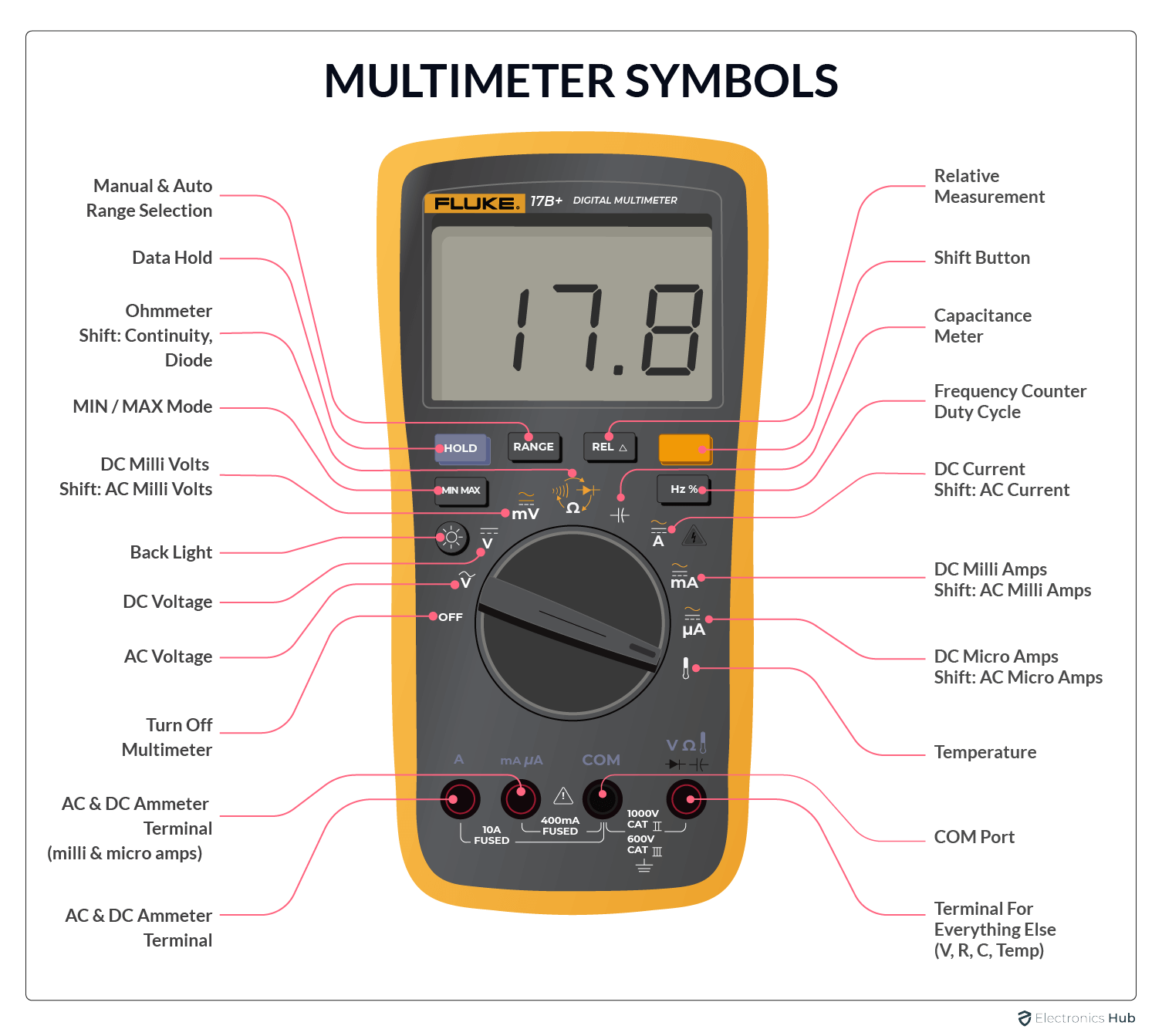 Image Source: Electronics Hub
Image Source: Electronics Hub
SparkFun has a great tutorial on how to use a multimeter. You can find it here.
Wire Strippers
There are so many styles of wire strippers, but they all do the same thing. Wire strippers are used to strip wires. The style choices after that are for convenience. Some wire strippers have a built in crimper, some have a built in cutter, and some have both. The most common wire strippers are the ones that have a built in crimper. These are the ones that we recommend for basic FRC use.
 Image Source: Self Adjusting
Image Source: Self Adjusting
OR
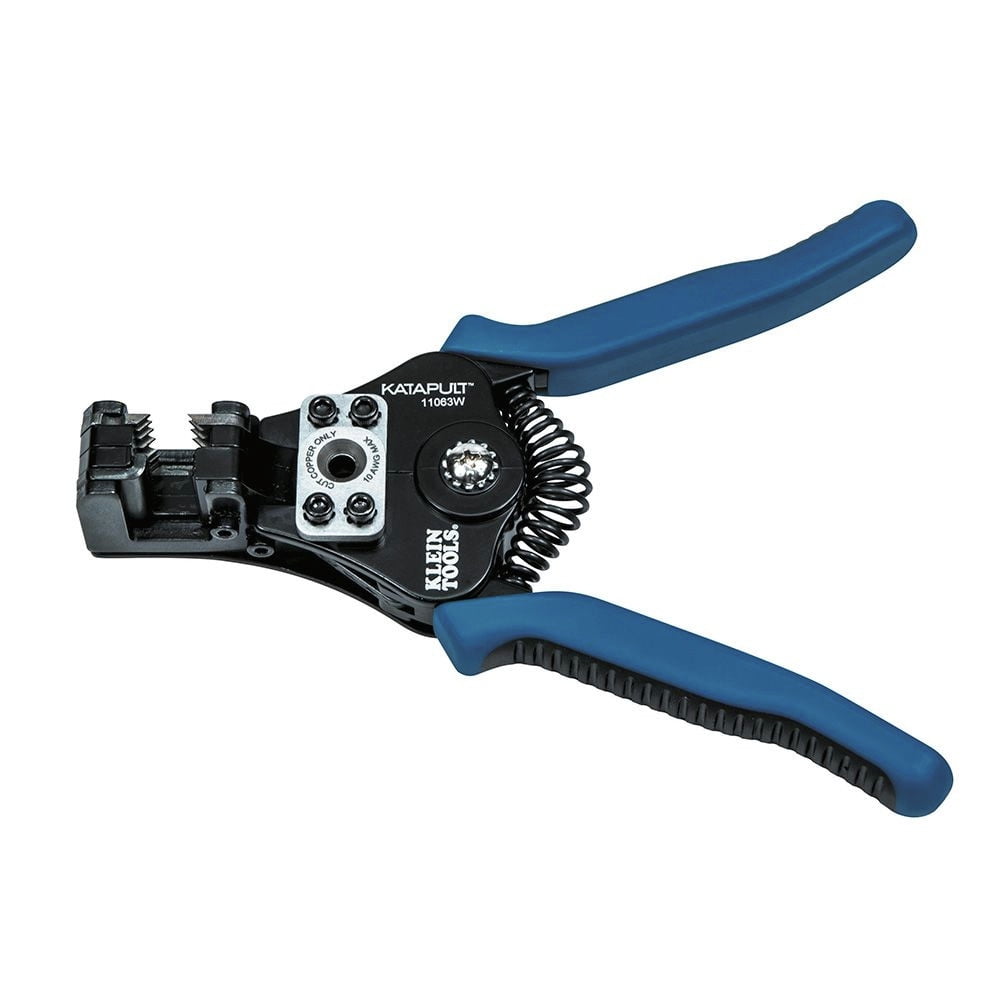 Image Source: Katapult
Image Source: Katapult
NOT

OR

The first two sets of wire strippers are the ones that we recommend. The last two sets of wire strippers are not recommended because they are not easy to use, are frustrating in a hurry and students have struggled with them in the past. If you have a set of wire strippers that are not in the first two pictures, there is nothing wrong with them. They are just not recommended by FRC Zero since they are not easy to use in most cases.
When using any wire strippers it is important to take into account the wire gauge. The wire gauge is the thickness of the wire. The thicker the wire, the more difficult it is to strip. The wire gauge is measured in AWG (American Wire Gauge). The higher the AWG number, the thinner the wire. The lower the AWG number, the thicker the wire. The strippers can also have a designated size difference for stranded versus solid core wires.
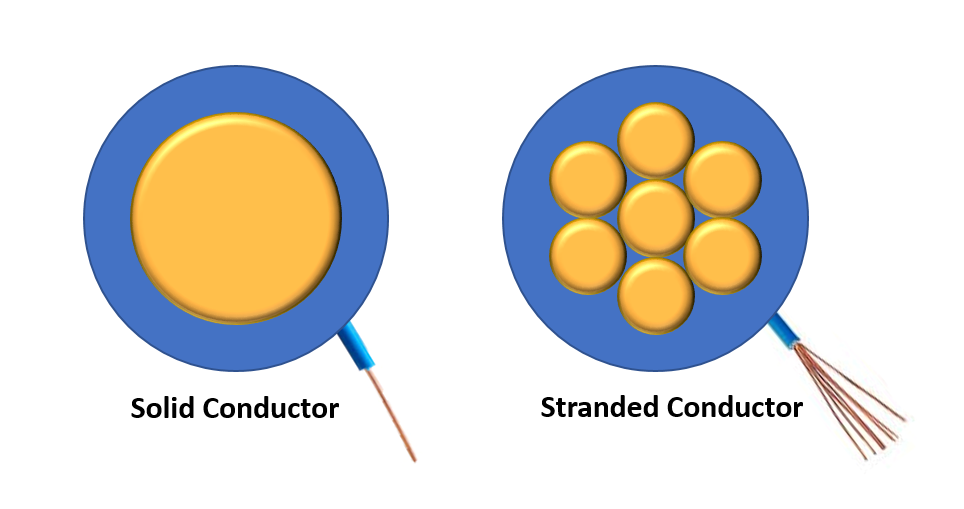 Image Source: Fluke Networks
Image Source: Fluke Networks
You should also keep in mind the length of the wire that you are stripping. How big is the connector that you are stripping the wire for? If you are stripping a wire for a connector that is 1/4" long, you will not need to strip as much wire as you would if you were stripping a wire for a connector that is 1" long. The longer the connector, the more wire you will need to strip. Wago Lever Nuts show a proper strip length on the side of the connector.
 Image Source: Amazon
Image Source: Amazon
Hot Air Gun
A hot air gun is a tool that is used to commonly shrink heat shrink tubing. It can also be used to heat up solder joints to make them easier to remove. Teams with a Pigeon IMU use it to heat up the Gyroscope during the calibration process. This can be a versatile tool, but also a very dangerous tool. It is important to follow all safety precautions when using a hot air gun. The hot air gun should be used in a well ventilated area. Fumes can come from unexpected sources when you add heat to anything.
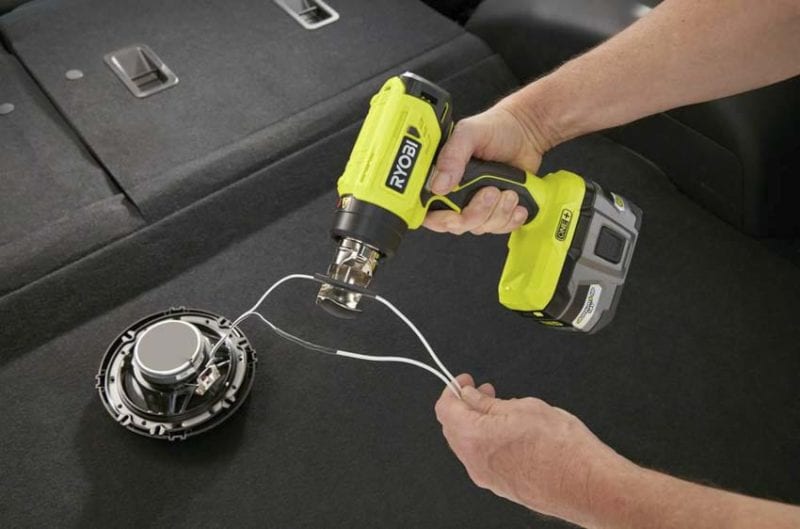 Image Source: Pro Tool Reviews
Image Source: Pro Tool Reviews
Crimpers
Just like wire strippers, there are so many styles of wire crimpers. Wire crimpers are used to crimp connectors of all kinds. The style will depend completely on the connectors you are using. The most common wire crimps can be done with the first pair of wire strippers we showed you. The first pair of wire strippers has a built in crimper. It is color coded to match the connector size. Typically the following colors are used:
- Red = 22-18 AWG
- Blue = 16-14 AWG
- Yellow = 12-10 AWG
Image Source: Panduit
Anderson Powerpole Crimper
Anderson Powerpole Crimpers are used to crimp Anderson Powerpole connectors. These connectors are used to form a quick connection between two wires. They come in a wide variety of sizes and teams are given a full catalog in their kickoff kit. The Anderson Powerpole Crimpers are size by how many amps they can handle. The higher the amp rating, the more larger the internal connector piece is, but the outer connector may be the same size. The Anderson Powerpole Crimpers have slots for 15, 30 and 45 amp connectors.
 Image Source: Cross the Road Electronics
Image Source: Cross the Road Electronics
The Anderson connectors can be a little tricky to get used to, but once you get the hang of them, they are very easy to use. There is a great explainer from Powerwerx that goes over how to use the Anderson Powerpole Crimpers and also assemble the connectors.
Ferrule Crimper
Ferrule Crimpers are used to crimp ferrules onto wires. Ferrules are used to connect wires to terminals. They are typically used on the end of a wire to connect to a terminal. A ferrule in simple terms is a metal tube that is crimped onto the end of a wire. The ferrule is better than raw wire because it is more durable and it is easier to connect to a terminal. The ferrule crimps are color coded to match the wire gauge. The following colors are typically used:
- Orange = 20 AWG
- White = 18 AWG
- Red = 16 AWG
The Ferrule Crimpers look like this:
 Image Source: Cross the Road Electronics
Image Source: Cross the Road Electronics
In FRC the ferrules get the most usage in connecting the RoboRIO’s power lines to the PDP, and for any Weidmueller connectors that are used. An example of a Weidmueller connector with ferrules is the CAN Connector.

A video guide about the ferrule crimps for FRC can be found here with an accompanying page here.
Dupont Crimper
TODO: Add Dupont Crimpers Info
JST Crimper
TODO: Add JST Crimpers Info
Ethernet Crimper
TODO: Add Ethernet Crimpers Info
Soldering Iron
A soldering iron is a tool that is used to melt solder onto a joint. A joint is any place where two wires, legs of a components, or any other two pieces of metal are connected. When soldering components and wires for electrical usage, we use thinner gauge solder. When soldering components and wires for mechanical usage, we use thicker gauge solder. Adafruit has a great guide on soldering that we recommend you read.

A brief overview of the steps to connect two wires with solder is as follows:
- Strip the wire to expose the copper
- Twist the two wires together
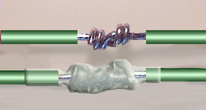
- NASA has a recommended splice method that we recommend you use. You can find it here.
- Heat the soldering iron tip
- Place the soldering iron tip on the connection point of the two wires
- Apply solder to the wires, the solder will melt and flow across the connection point
- Remove the soldering iron tip and allow the solder to cool
- Repeat steps 3-6 until the solder has formed a good connection
- Add heat shrink tubing to the connection point
- Shrink the heat shrink tubing
NOTE: FIRST does not allow the use of soldering irons in the pits, but they are allowed in your regular meeting space if you have one. At competitions, they are NOT allowed for the same reason as the rework stations and welders. They create smoke, can set off venue fire alarms and can be a fire hazard.
Rework Station
A rework station will commonly have a soldering iron and a hot air gun. The soldering iron is used to solder components onto a PCB. The hot air gun is used to reseat solder on a PCB, remove components from a PCB or heat shrink tubing and other insulated crimps. These stations are very useful for teams that have a lot of PCBs to solder and rework. They will also sometimes come with a built in smoke extractor to help with the fumes from soldering. These setups can be very expensive, but they are worth it if you do lots of soldering and rework.

Sparkfun has a good video guide about using a rework station here if you are interested in learning more. FIRST does not allow the use of rework stations in the pits, but they are allowed in your regular meeting space if you have one. At competitions, they are NOT allowed for the same reason as the soldering irons and welders. They create smoke, can set off venue fire alarms and can be a fire hazard.
Oscilloscope
TODO: Add Oscilloscope Info
Logic Analyzer
TODO: Add Logic Analyzer Info
Power Supply
A variable voltage and amperage power supply is a very useful tool to have. It can be used to power a circuit without a battery, to test a circuit, to test a motor, to test a motor controller, etc. Now, not every power supply is powerful enough to handle motors, but some are and this can simplify the hardware setup needed to test a motor. Variable voltage lets you set a target voltage level and the supply will try to maintain that voltage level. Variable amperage lets you set a max amperage level and the supply will limit and regulate the current to that level. There are also fixed voltage and amperage power supplies, but they are not as useful as the variable ones. These static convertors are typically used between AC to DC or DC to DC. For example, a 12V DC to 5V DC convertor is used to power a 5V circuit from a 12V battery. A 120V AC to 12V DC convertor is used to power a 12V circuit from a 120V wall outlet.
Sparkfun’s video guide on power supplies is a good place to start if you are interested in learning more. There is also an in depth guide on Sparkfun’s website that covers more information.